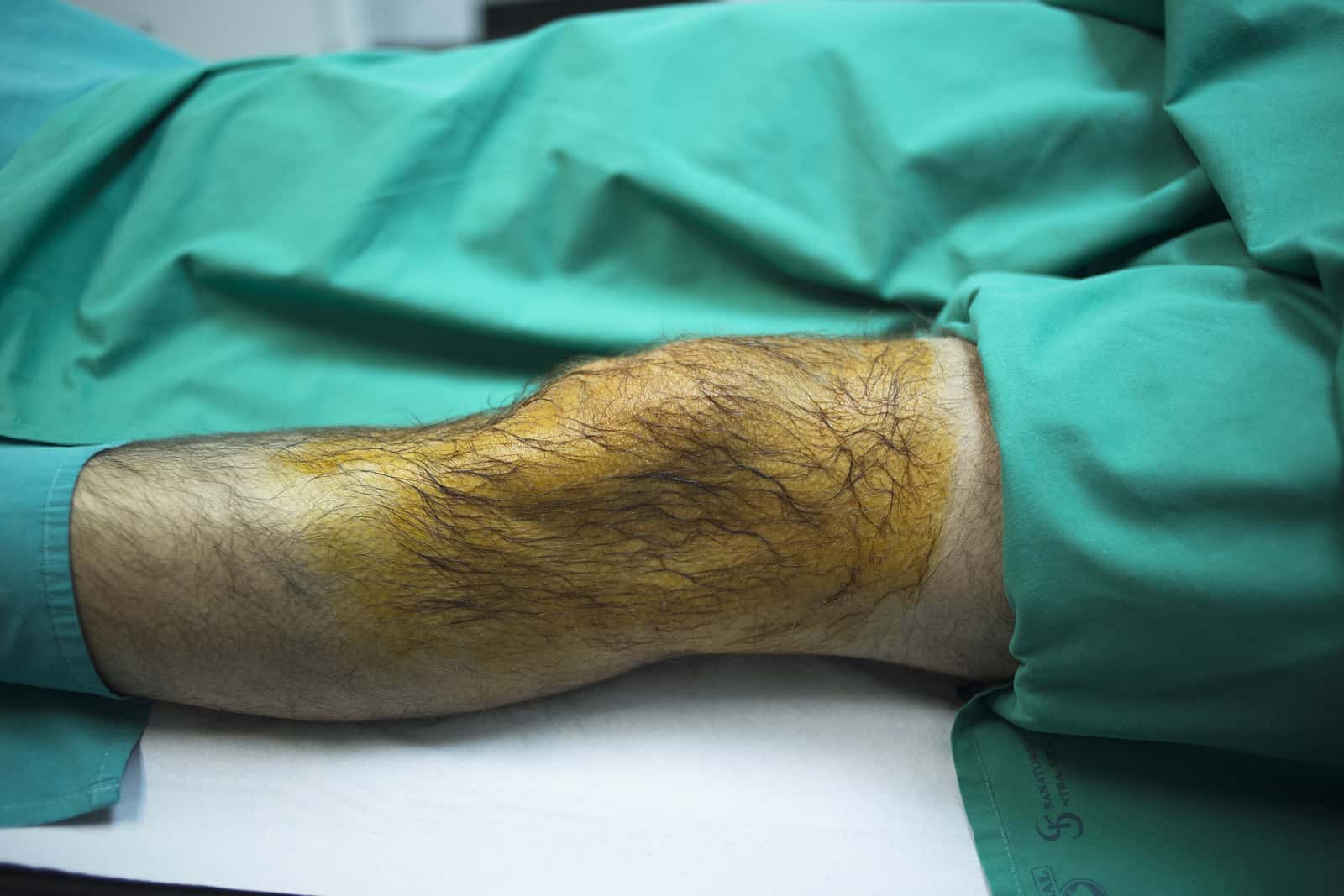
Millions of people suffer with pain in their knees due to osteoarthritis. They face a dilemma. Nonsteroidal anti-inflammatory drugs (NSAIDs) such as ibuprofen or naproxen may alleviate pain temporarily, but they can provoke serious side effects. These may include life-threatening reactions such as bleeding ulcers or heart attacks. Consequently, many arthritis patients are seeking alternative treatments for their sore knees. Could a PRP injection make a difference?
Comparing Hyaluronic Acid to PRP Injection:
Some doctors offer injections of platelet-rich plasma (PRP) or hyaluronic acid into the knees. The body produces hyaluronic acid naturally and concentrates it in connective tissue such as cartilage. People attempt to increase levels of this compound in knee cartilage by taking pills or getting it injected directly. To get platelet-rich plasma, health care professionals collect the patient’s blood and spin it in a centrifuge to concentrate the platelets. Then they inject the platelet-rich gel into the joint. How well does a PRP injection work?
The Meta-Analysis:
A systematic review of 12 studies comparing injections of platelet-rich plasma to hyaluronic acid injections found that PRP relieved knee joint pain better (European Journal of Orthopaedic Surgery & Traumatology, online Feb. 14, 2020). This held up after six months and after a year. This analysis did not find other clinical changes, but the reduction in pain was significant.
Preservation of Cartilage:
Another recent study used magnetic resonance imaging (MRI) to evaluate changes in cartilage following PRP injection in the knee (Journal of Pain Research, Jan. 10, 2020). Twenty-three middle-aged volunteers had one knee injected while the other served as a control. In addition to significant reductions in pain, the treatment was associated with improvement in the MRI of the knee cartilage.
Learn More:
If you are interested in learning more about other ways to manage joint pain besides taking an NSAID, you may want to read our eGuide to Alternatives for Arthritis. This is an online resource that is updated periodically.
Some people prefer their information in print on paper rather than online. For them, we also offer a version as a small (100 page) book: Graedons’ Guide to Alternatives for Arthritis.

